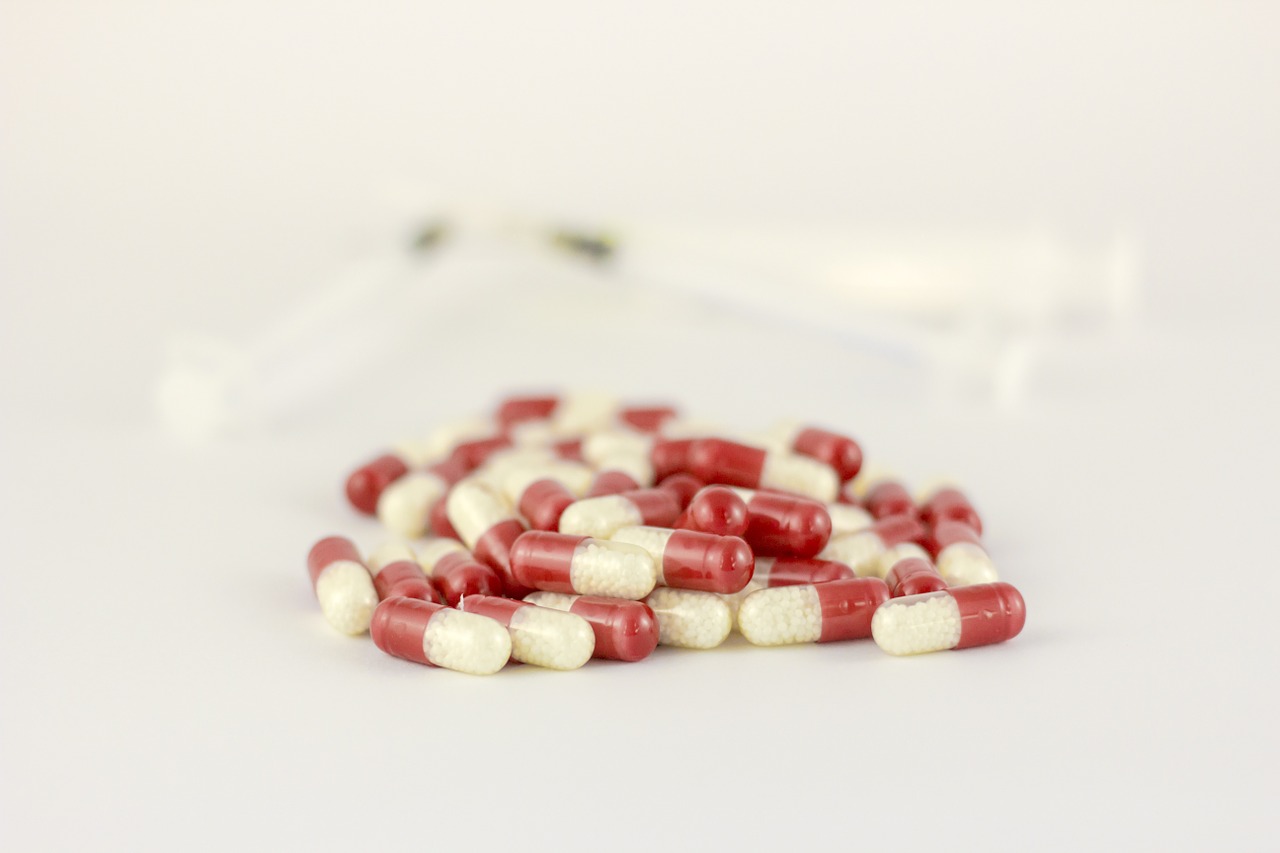Podcast: Play in new window | Download (Duration: 16:12 — 22.2MB) | Embed
Furosemide is a loop diuretic most commonly recognized by its brand name, Lasix. Pharmacologically, it acts by inhibiting the reabsorption of Na/Cl in the thick ascending limb of the loop of Henle. The inhibition of electrolyte reabsorption results in a loss of fluids causing diuresis. Since it has a diuretic effect, it is commonly used to treat congestive heart failure, general edema, ascites due to cirrhosis, and to aid in fluid elimination.
If a patient has a new prescription of furosemide, it’s important to look for drug-induced causes of edema. Common causes of drug-induced edema are the calcium-channel blockers (amlodipine, nifedipine, diltiazem, verapamil), some anticonvulsants (pregabalin, gabapentin), pioglitazone, and NSAIDs. In times when oral furosemide is not readily available, 40 mg of furosemide is equivalent to roughly 20 mg torsemide, or 1 mg bumetanide. If IV furosemide is desired and the patient is already on an oral formulation, generally, the approximate equivalent IV dose is 50% of the oral dose. Dosing is approximate and based on urine output. Serum creatinine, electrolytes, weight, blood pressure, should generally be monitored due to the pharmacology of furosemide.
Common adverse drug reactions of furosemide associated with its pharmacology are hypokalemia, and its symptoms such as cramping and uncommonly cardiac problems, hypotension, hyponatremia, dehydration, decrease in renal perfusion, uric acid elevation, transient increases in glucose, angioedema and hypersensitivity reactions, ototoxicity, and nephrotoxicity. Drugs that can exacerbate furosemide’s adverse drug reaction profile are ARBs, ACEis, NSAIDs, aminoglycoside, SGLT2 inhibitors, PDE5 inhibitors, a1a blockers. Electrolyte supplementation may be provided to patients on furosemide to counteract any imbalances that may precipitate.
In cases of overdose, the common symptoms are exacerbations of the adverse drug reactions and mechanism, dehydration, electrolyte imbalances, hypochloremic alkalosis, reduction in blood volume, and hypotension. Supportive treatment of symptoms is necessary to treat furosemide overdoses, fluid and electrolyte replacement is a rational method of treatment. Serum electrolytes, CO2 level, and blood pressure should be monitored in overdose situations. Hemodialysis does not accelerate furosemide elimination.
Show notes provided by Chong Yol G Kim, PharmD Student
Be sure to check out our free Top 200 study guide – a 31 page PDF that is yours for FREE!
Support The Podcast and Check Out These Amazing Resources!
Meded101 Guide to Nursing Pharmacology (Amazon Highly Rated)
Guide to Drug Food Interactions (Amazon Best Seller)
Pharmacy Technician Study Guide by Meded101
Resources
- Information taken directly from the podcast episode
- Dosing goals diuresis end of paragraph 2: 2013 ACCF/AHA guideline for the management of HF https://doi.org/10.1161/CIR.0b013e31829e8776
- Last paragraph on overdose, furosemide FDA label

